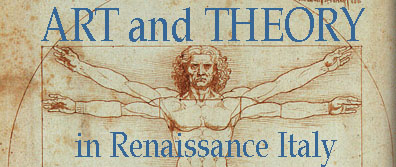
|
— ART HISTORY & IMAGE STUDIES —

|
|
The Anti-Mannerist Style
n.b. 'organic' metaphors used to describe style: "...diagnosed as symptoms of a disease..."; exaggerations of its original nature"; "signs of overbreeding, and hence sterility"
The term maniera - "making by hand" "mode" "style" "manner"
"The [sculptor] needs no model from nature, but follows a specific prototype, or the established precepts of a school. The mechanical attitude engenders conformity or, in other words, "manner".
Unoriginal - repeats manually something predetermined
When this empty stereotyping utilizes forms or formulae inherited from a style already abstract, anormative, and remote from nature, the result must necessarily be something merely decorative or ornamental. For Walter Friedlaender (Mannerism and Anti-mannerism in Italian Painting, 1957), mannerism is 'anticlasscial' two phases of mannerism
An "extraordinary decline in quality" since High Renaissance
'Reform' involved returning to High Renaissance principles ["grandfather law" ] "...the mannered Mannerism of the second phase, against whose shallowness, even in spiritual matters, the reform which set in around 1580 was directed."
|
 ARTH 341
ARTH 341